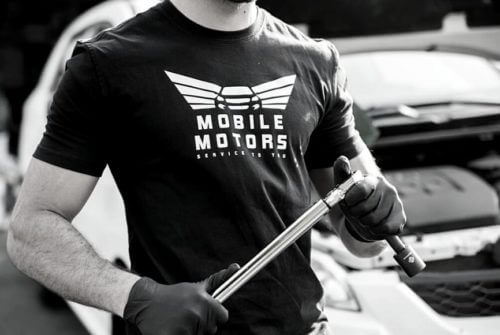
A mobility van is a van which is wheelchair-accessible. It is made so by customizing the interior of the van and installing a mode by which a wheelchair may enter, like a powered lift or a ramp.
Modification of such vans might seem like a general process, but it’s manufacture process varies greatly from manufacturer to manufacturer. The modifications the van undergoes can be divided into two categories:
- The person using the wheelchair is the designated driver.
- The person using the wheelchair is a passenger.
The conversions in the van generally involve steps like:
- Lowering the floor.
- Modifying the seating for a wheelchair.
- A way of accessing it is added, like a ramp or a lift.
- Changing of suspensions to account for the added weight.
- Some fuel lines might need modifications.
The entry modifications are of two types, each with its own advantages and disadvantages. They impact the availability of storage, accommodation of other passengers and seating positions. They are:
- Side Entry
- Advantages: being able to drive from a wheelchair, being able to sit in the front, allowance of entry and exit away from traffic, and a larger storage space.
- Disadvantages: requiring a parking space for handicaps and needing extra space for the deployment of the ramp.
- Rear entry
- Advantages: no requirement of extra room for parking, except in parallel parking, no blocking of side doors for passengers, the mounting of mid-passenger seats next to the wheelchair, and more ground clearance.
- Disadvantages: mandatory entry and exit from traffic, the non-accessibility of the driving position from the wheelchair and a little less storage space.
Mobility van is the way to go for making the lives of handicapped people easier, and they sure excel in doing so.





